The following list highlights some of the best places to visiting in Bhutan. So if you are in Bhutan, I recommend visiting the following:
- Jigme Dorji National Park, Gasa, Bhutan
- Mount Jichu Drake, Greater Himalaya, Bhutan
- Haa Valley, Haa, Bhutan
- Bumdrak Monastery, Paro, Bhutan
- Rinpung Dzong, Paro, Bhutan
- Tiger’s Nest, Paro, Bhutan
- Royal Manas National Park, Pemagatshel, Bhutan
- Punakha Dzong, Punakha, Bhutan
- Dochula Pass, Thimphu, Bhutan
- Dordenma Statue, Thimphu, Bhutan
- Phajoding Monastery, Thimphu, Bhutan
- Phobjikha Valley, Wangdue Phodrang, Bhutan
1. Jigme Dorji National Park, Gasa
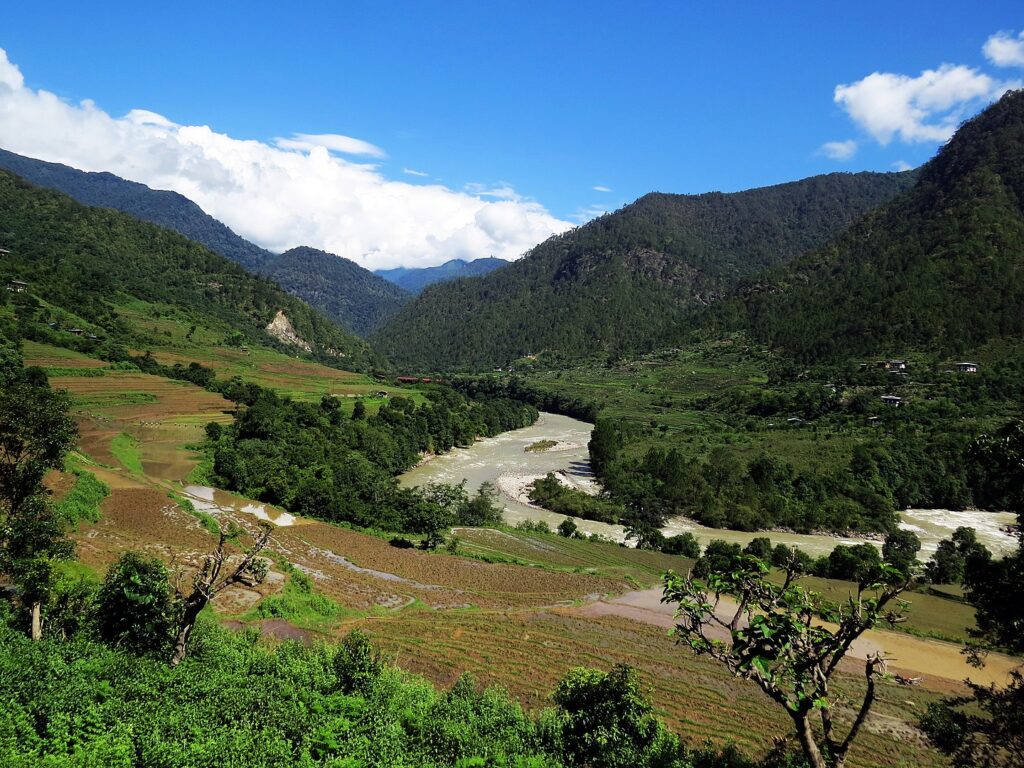
This nature reserve encompasses five districts and contains 376 massive glaciers. The park is also one of the richest areas in terms of cultural and biological diversity. It is considered a protected jewel of outstanding universal value by UNESCO, as it is a sanctuary for many endangered species. The area is also home to some of Bhutan’s most popular hiking trails: The Jumolhari Trek, Snowman Trek and Gasa-Laya Trek are places where tourists are fascinated by the extraordinary scenery and the chance to visit the actual refuges of 36 species of mammals, 328 birds, Five of reptiles, 300 medicinal plants and 139 butterflies.
2. Mount Jichu Drake, Greater Himalaya
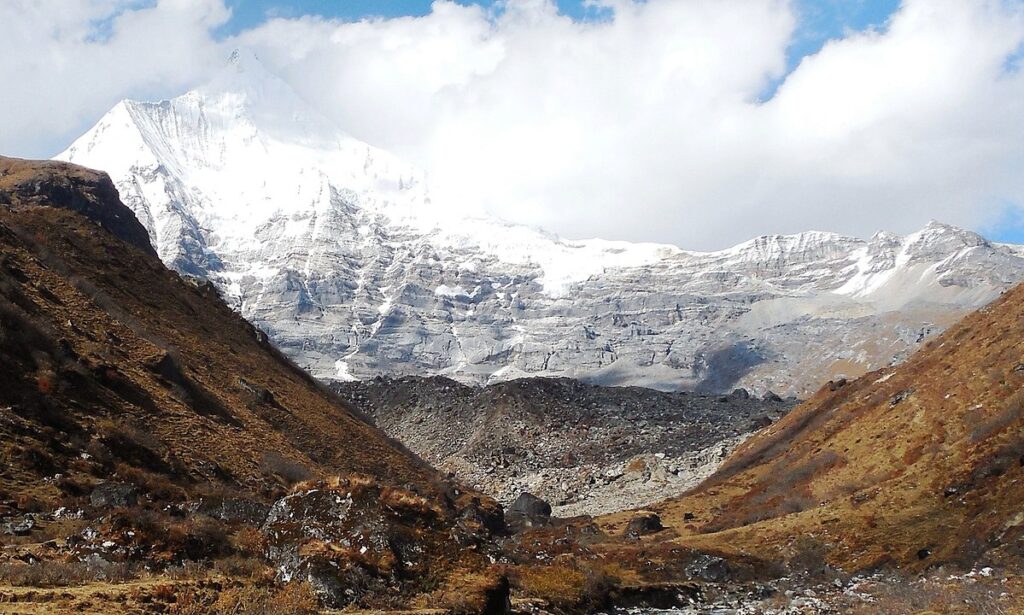
Jicchu Drake is the patron deity of Paro and the surrounding area. According to local stories, the double beak came about when Jichu Drake teased a girl while weaving, which caused Jichu Drake to hit her with a tom (a piece of wood used to hit new weaving lines), hit the head and generated a double beak. One of the favourites for trekking. Trekking in Bhutan must be arranged through an approved agency. There are over 200 companies that can make all arrangements, many of which advertise the availability of custom itineraries.
3. Haa Valley, Haa
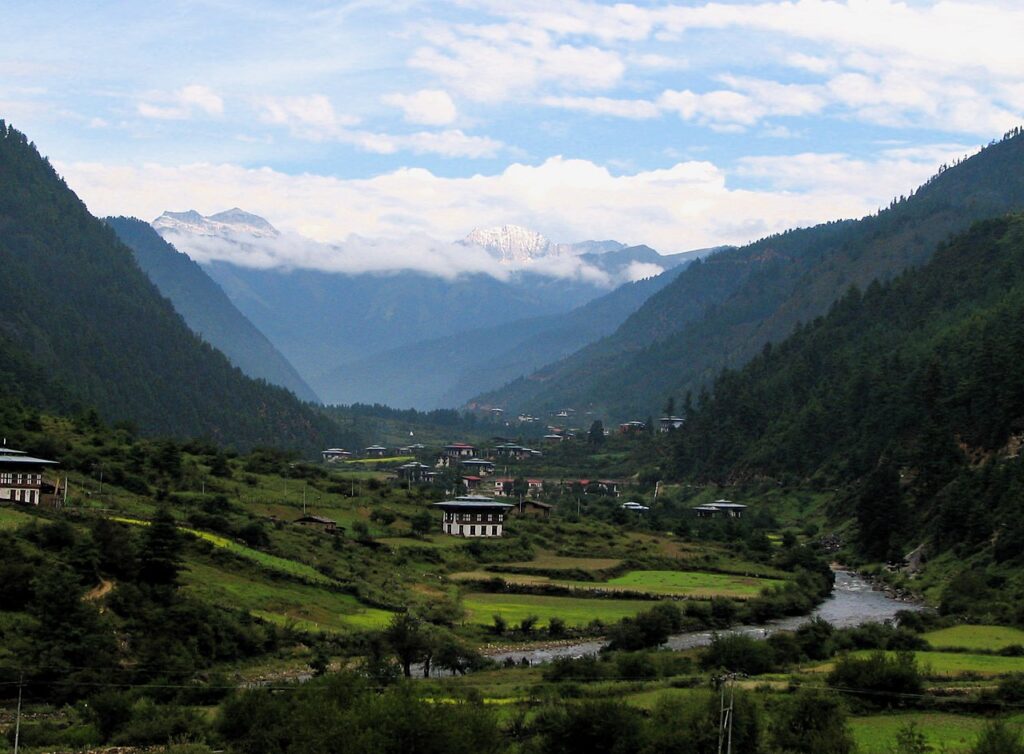
Haa is the westernmost tourist destination in Bhutan that we recommend. 2.5 hours drive from Paro town. During the drive, you will pass through beautiful villages and enjoy spectacular views of Mount Chomolhari. In Haa you can visit Dzongdrakha Goemba, Kila Nunnery, Lhakhang Karpo and Lhakhang Nagpo. Harbour Valley which was hidden not only in location but also in terms of accessibility. Tourists were not allowed to enter here until 2002. In a way, this is one of the reasons why the valley remains so pristine and beautiful.
4. Bumdrak Monastery, Paro
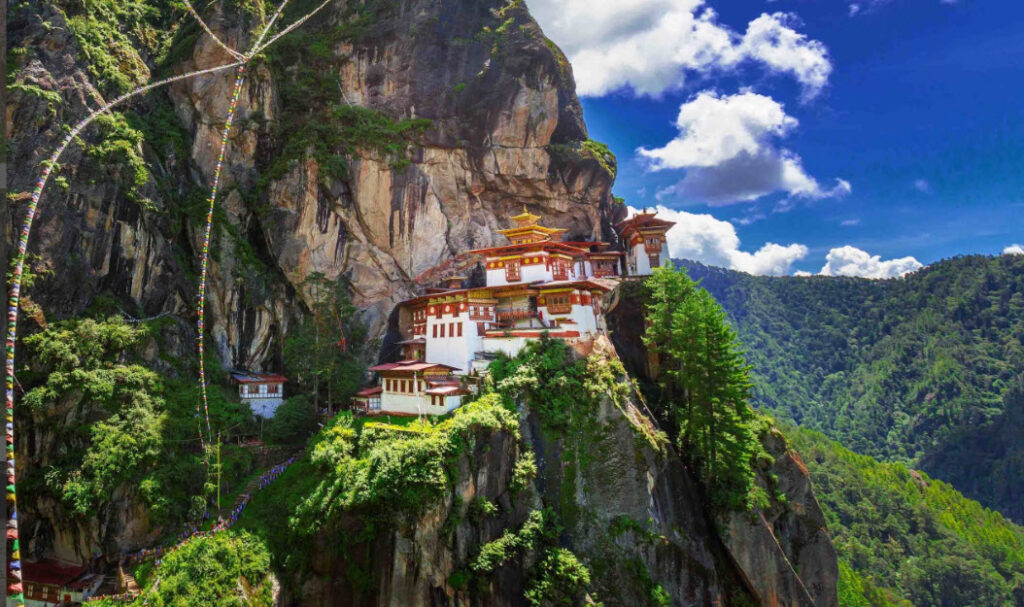
About 10 km from Paro and at an altitude of 3,120 metres, you can explore the Bhutanese landmark. According to legend, Guru Rinpoche meditated in the cave for 3 years, 3 months, 3 days and 3 hours to defeat the demons residing in this cave. Since then, it is considered the holiest place in Bhutan and is a must visit. To find out, you have to walk three hours uphill on a comfortable path, then two hours downhill. Just below the monastery is a sacred spring that is believed to cure certain ailments.
5. Rinpung Dzong, Paro
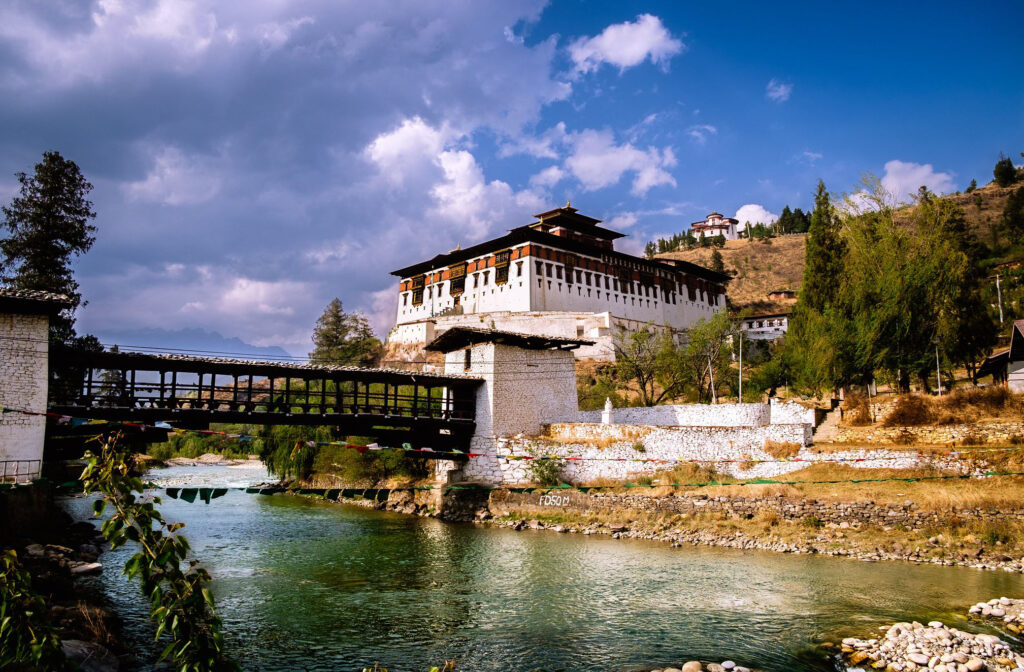
Literally translated, it means “Fortress of the Mountain of Jewels”. It was built in 1644 by order of Zabdung Ngawang Namgyal. It got its name because there are many beautiful buildings. It is an old traditional Bhutanese fortress. Architecture with imposing walled courtyards, temples, administrative offices and open space complexes. All buildings feature large windows with intricate wood carvings with traditional Bhutanese motifs. Considered one of the finest examples of Bhutanese architecture, Paro Dzong is one of Bhutan’s main tourist attractions.
6. Tiger’s Nest, Paro

The Tiger’s Nest, also known as Taktsang, is not only the most important monument in Bhutan, but also the place with the most spectacular views of the happiest country in the world. The view of the Buddhist monastery complex could not be more spectacular and breathtaking, as the Tiger’s Nest monastery sits on a rock cliff 700 metres above the ground. Every Bhutanese Buddhist should make a pilgrimage to this place at least once in their lifetime. Watch people of all ages climb the winding paths through pine and rhododendron trees, from the elderly to children.
7. Royal Manas National Park, Pemagatshel

It is a park that is located in the eastern Himalayas and also contains diverse habitats, such as permanent snow-capped mountains and tropical forests. This allows it to host numerous and varied wildlife. Also some endangered species. In the park you will be able to see Bengal Tiger, Asian Elephant, One-horned Rhinoceros and other species such as the clouded leopard, wild water buffalo, pangolin, golden langur, Himalayan black bear and gangetic dolphin.
8. Punakha Dzong, Punakha
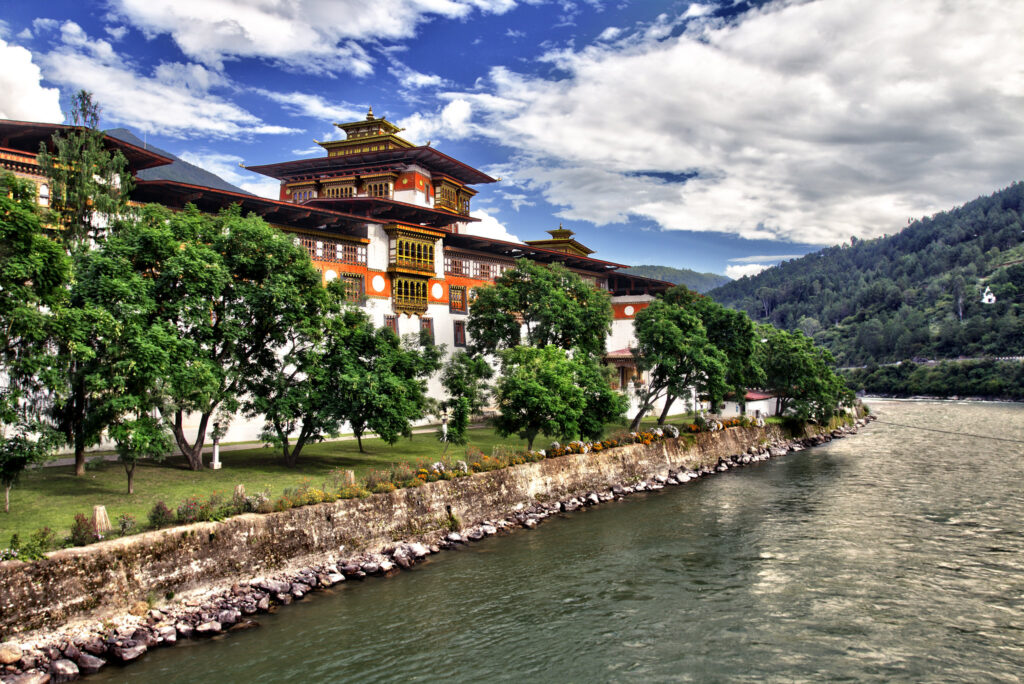
The same with the ‘Palace of Happiness’ or Punakha Dzong. Punakha Dzong was built in 1637 and has suffered various adversities during its history such as floods, earthquakes and fires. This dzong is not only the second largest and oldest dzong in Bhutan, but also one of the best examples of this type of traditional fortified architecture. Therefore, it is one of the must-see places in Punakha. The dzong is huge, so you need at least 2 hours to visit it. It is 180 metres long and 72 metres wide. You can also see that the fortress is guarded by huge and heavy wooden gates. As usual, this gate is still closed at dawn.
9. Dochula Pass, Thimphu
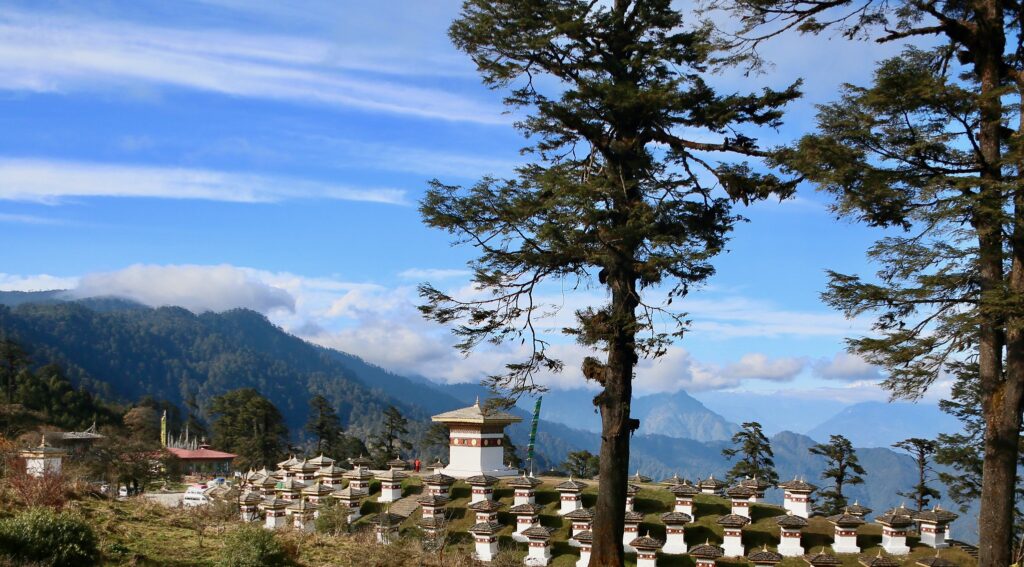
Dochula Pass is located about 30 km from Bhutan’s capital, Thimphu. The 108 chortens were built by the Queen Mother to honour the Bhutanese soldiers who died fighting Indian rebels in 2003. On a nearby column is a modern temple with paintings depicting the Royal family. The Dochula Druk Wangyel Tshechu is held annually on December 13, on the grounds of the Dochula Pass, was established in 2011 to commemorate the victory of the Fourth Druk Gyalpo and the Armed Forces. There is a coffee shop nearby where they serve free tea accompanied by cookies and a handicraft store.
10. Dordenma Statue, Thimphu
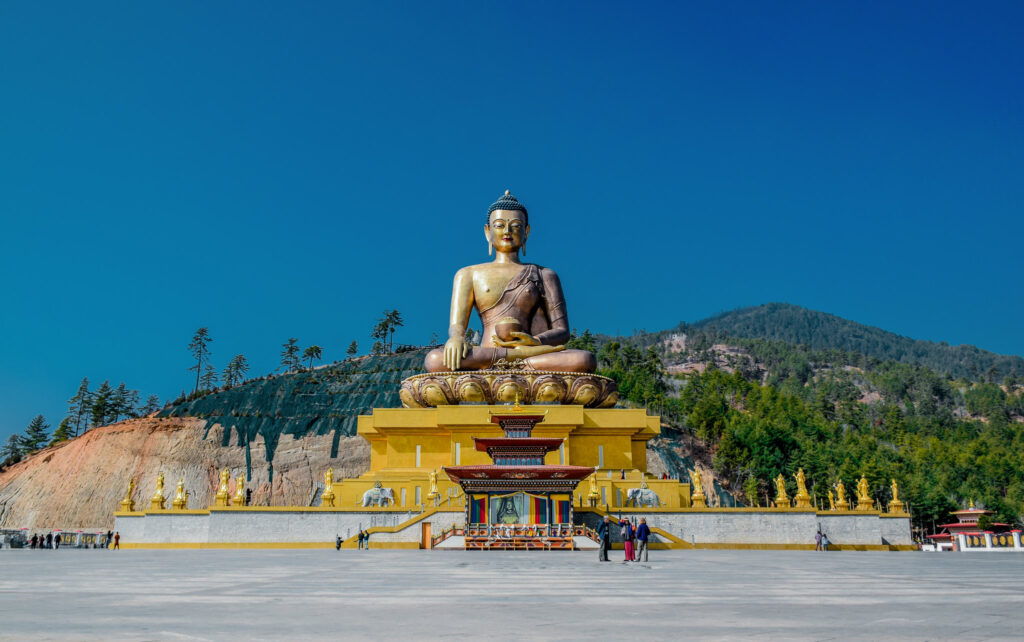
Atop a hill in Timbu, the capital and largest city of Bhutan, sits a huge golden Buddha sitting cross-legged atop a golden meditation hall.At first glance the monument is a gigantic gleaming statue and very striking, but inside it hides a secret: there are 125,000 miniature Buddhas encapsulated inside its illuminated bronze casket.Like the great Buddha statue, these thousands of miniature Buddhas are also golden and made of bronze.
11. Phajoding Monastery, Thimphu

Phajoding Monastery is located at an altitude of 4,000 metres and a three-hour walk from Thimphu, the capital of Bhutan. Phajoding Monastery is an open monastery complex containing many sacred buildings and relics, and is also a national monastic school with currently 80 monks. The monastery houses ancient Buddhist relics and various ancient relics that offer a glimpse into the lives of the ancient Bhutanese. The view from Phajoding temple is very beautiful.
12. Phobjikha Valley, Wangdue Phodrang

The Phobjikha valley is a glacial valley at an altitude of about 3,000 metres and is known for its diverse fauna. In fact, it is a very special area of choice for birds. Black-necked cranes fly from Tibet and Mongolia until winter. Add to this the possibility of hiking trails and it makes Bhutan a great place to visit. It is also famous for the Gangtey Monastery. It is worth remembering that due to government-imposed regulations, routes through the country must be arranged with one of the local tour companies.
If you loved this article or found it useful, don’t forget to visit and subscribe to my social media for more useful content. Follow us on Google My Business, YouTube, Instagram, Pinterest, Twitter, Facebook or Reddit and subscribe to our receive our free website content.

